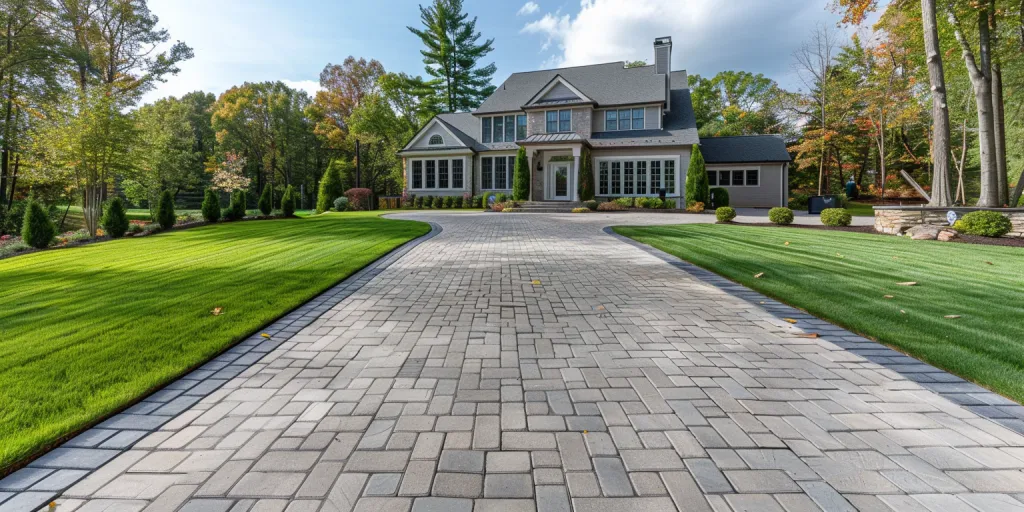The entrance to your home sets the tone for what lies beyond. Driveway pavers are more than just a pathway to your garage; they are an expression of your style and an investment in your property’s value. In this article, we delve into the world of driveway pavers, exploring their benefits, types, installation processes, maintenance tips, and design ideas. Whether you’re contemplating a new driveway or considering upgrading an existing one, this guide offers valuable insights to inform your decision-making process.
Table of Contents:
– Benefits of choosing driveway pavers
– Types of driveway pavers
– Installation process of driveway pavers
– Maintenance tips for driveway pavers
– Design ideas for driveway pavers
Benefits of choosing driveway pavers
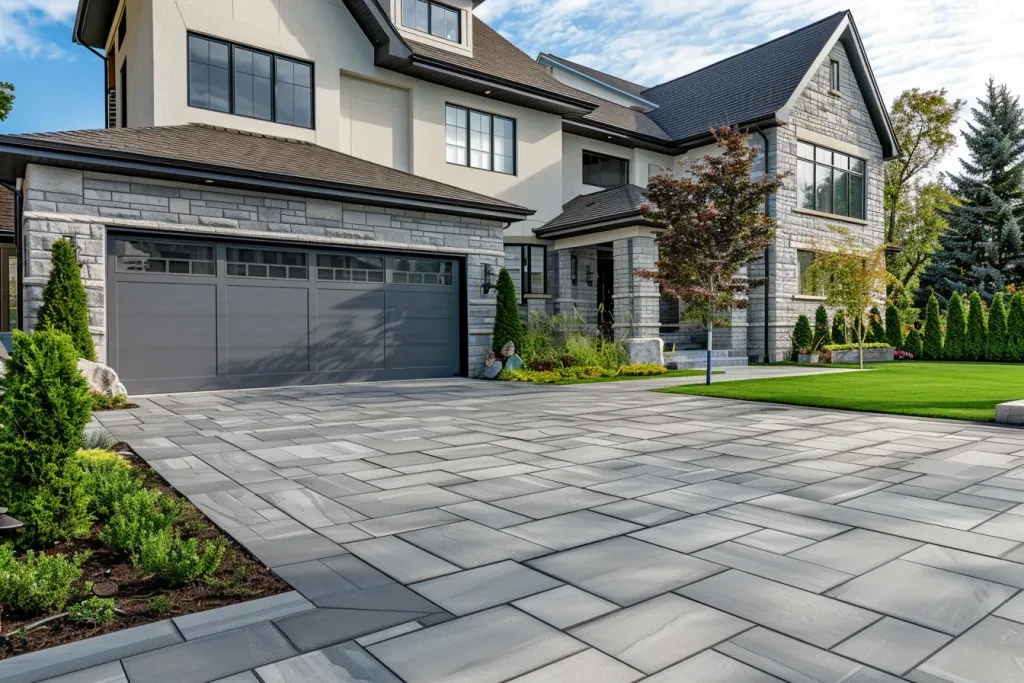
Driveway pavers offer a blend of durability, aesthetic appeal, and versatility, making them a preferred choice for homeowners. Unlike traditional concrete or asphalt driveways, pavers can withstand extreme weather conditions without cracking. They also provide excellent drainage, reducing the risk of water pooling and prolonging the lifespan of your driveway.
Moreover, driveway pavers enhance the curb appeal of your home. With a wide range of colors, shapes, and patterns available, you can customize your driveway to complement your home’s architecture and landscape. This customization not only adds beauty to your property but can also increase its market value.
Lastly, driveway pavers are environmentally friendly. Many paver options are made from recycled materials and allow for better water infiltration, contributing to sustainable landscaping practices. This aspect is particularly appealing to eco-conscious homeowners looking to minimize their environmental footprint.
Types of driveway pavers
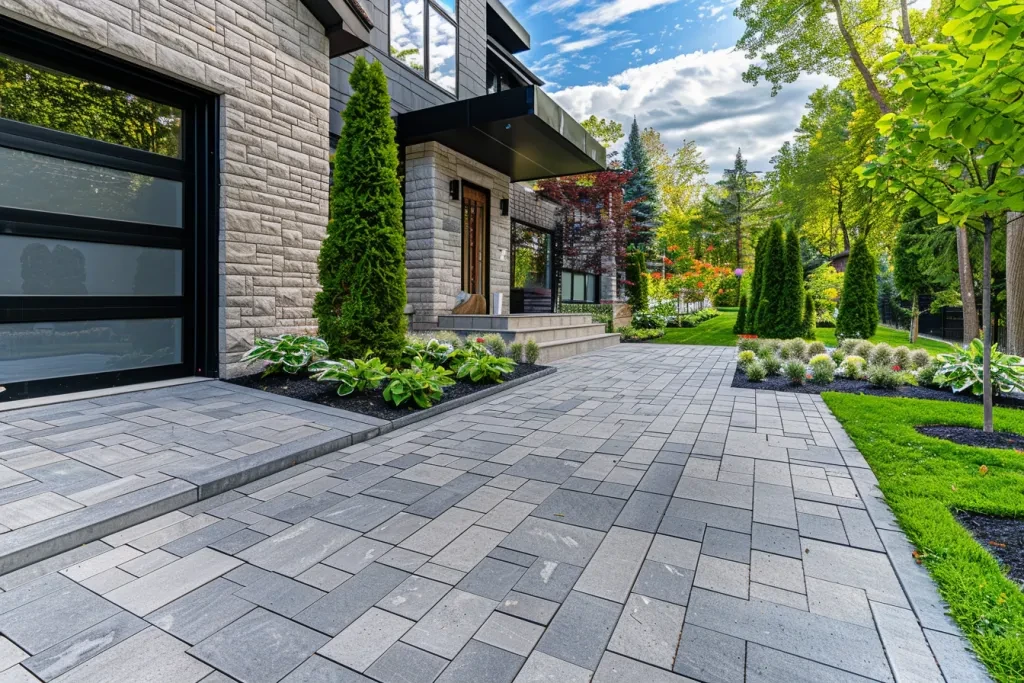
When it comes to selecting driveway pavers, there are several materials to consider, each with its unique characteristics. Concrete pavers are popular for their strength and versatility. They come in various colors and finishes, allowing for a wide range of design possibilities.
Natural stone pavers, such as granite, slate, or limestone, offer unparalleled beauty and durability. Each piece has unique hues and textures, creating a distinctive and elegant driveway. However, natural stone can be more expensive and require a higher level of maintenance.
Brick pavers are another option, known for their classic look and longevity. They can withstand heavy loads and are resistant to fading and staining. Brick pavers also offer a timeless appeal that can enhance the traditional aesthetics of your home.
Installation process of driveway pavers
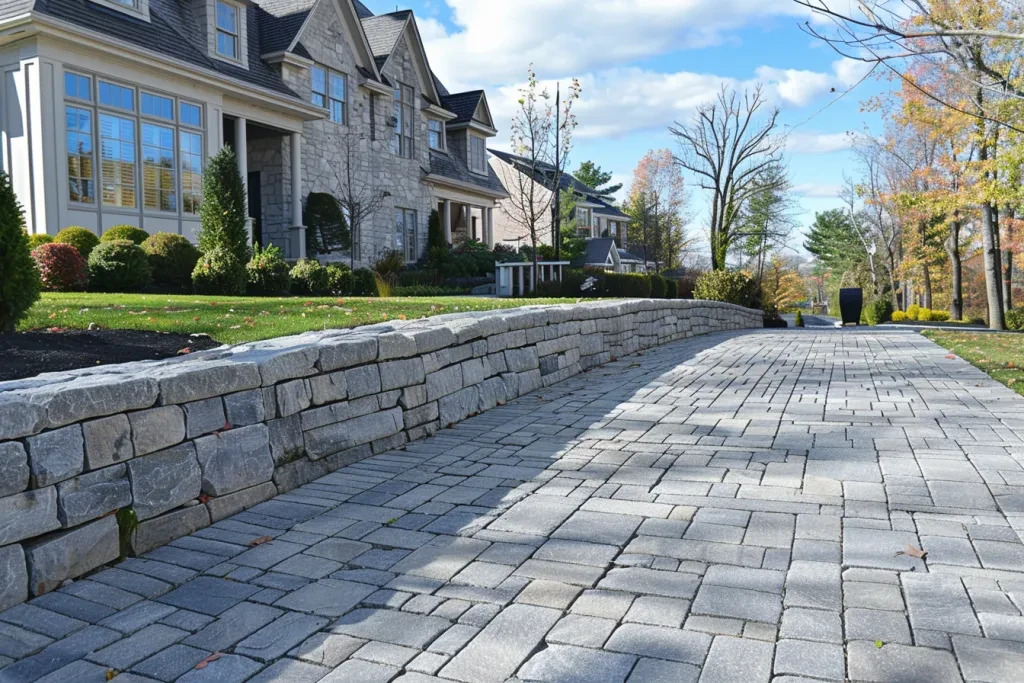
The installation of driveway pavers is a meticulous process that requires precision and expertise. Preparation is key; the site must be carefully excavated, and a solid base layer of gravel and sand is essential for stability and drainage.
Laying the pavers is an art in itself. Patterns must be planned, and each paver is placed by hand to ensure proper alignment and spacing. This step is crucial for achieving a visually appealing and long-lasting driveway.
Finally, the pavers are compacted and sealed to protect against weathering, stains, and weed growth. This sealing process not only enhances the durability of the driveway but also maintains its vibrant color and finish.
Maintenance tips for driveway pavers
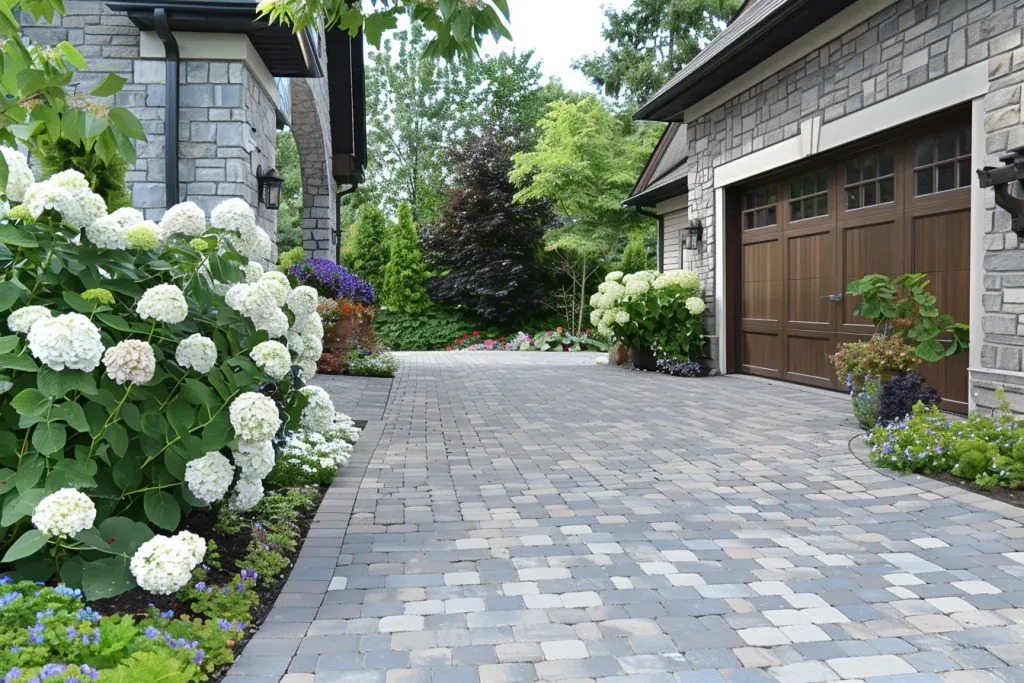
Maintaining your driveway pavers is essential to preserve their beauty and prolong their lifespan. Regular cleaning with a mild detergent and water can remove dirt and stains. For tougher stains, a pressure washer may be used with caution to avoid damaging the pavers.
Weed growth between pavers can be minimized by using polymeric sand during installation, which hardens and prevents weeds from taking root. Additionally, sealing the pavers every few years can protect them from the elements and keep them looking new.
It’s also important to address any shifting or settling of pavers promptly. This can usually be fixed by removing the affected pavers, re-leveling the base, and reinstalling the pavers. Regular inspection and timely repairs can prevent minor issues from becoming major problems.
Design ideas for driveway pavers

The versatility of driveway pavers allows for endless design possibilities. From simple, elegant patterns to intricate mosaics, you can create a driveway that reflects your personal style. Consider mixing different colors and textures of pavers for a unique look, or use contrasting paver colors to create borders and accents.
Circular or fan patterns can add visual interest to a wide driveway, while herringbone or basketweave patterns offer a classic look suitable for any home. For a more modern aesthetic, consider large-format pavers with clean lines and minimal joints.
Incorporating landscaping elements, such as flower beds or lighting, can further enhance the appeal of your driveway and create a welcoming entrance to your home.
Conclusion:
Driveway pavers are a practical and attractive solution for homeowners looking to enhance their property’s curb appeal and functionality. With a variety of materials, designs, and maintenance tips to choose from, you can create a driveway that not only meets your practical needs but also reflects your personal style. By understanding the benefits, types, installation process, and maintenance requirements, you’re well-equipped to make an informed decision about your driveway paving project.
